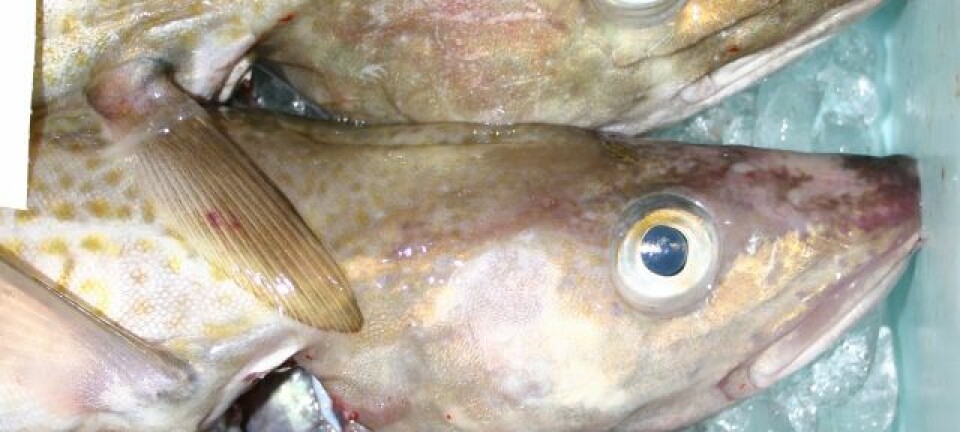
Sedatives turn fish into unsociable gluttons
Drug residues in the waterways can have unexpected consequences for our ecosystems, say Swedish researchers after exposing perch to anti-anxiety drugs.
Perch (Perca fluviatilis) became more adventurous, less sociable and had a higher feeding rate after receiving a dose of Oxazepam.
Oxazepam is a popular drug for the treatment of anxiety disorders in humans. When patients pass the drug into their urine, residues of the drug typically end up in the aquatic systems, where the drug remains biochemically active.
An interdisciplinary team of researchers from Umeå University in Sweden recently set out to study the behaviour of three groups of perch: one group received a high dose of Oxazepam, another received a low dose, while the control group did not receive any drug.
Their findings are published in the journal Science.
Sedatives have a positive effect – in the short term

The researchers studied the activity of the perch, their social behaviour and how they consumed their food.
They observed a significant effect from the drug in all areas – with both the high and the low dose.
“After only a couple of days the behavioural differences became very clear. The fish that had been exposed to Oxazepam gorged on the food, ventured into unknown and potentially dangerous waters and did not socialise with the flock, as perch normally do,” says Tomas Brodin, who together with his colleagues Jerker Fick presented the new findings at this week’s annual AAAS meeting (American Association for the Advancement of Science).
He adds that the effect may initially be regarded as positive – for instance the increased feeding rates.
We’re already seeing an effect on fish behaviour, and we’re assuming that this also applies to species other than perch. The long-term consequences could be quite serious, and this means we need a new perspective on water pollution from drugs.
In the long term, however, he is apprehensive of a negative effect – on the ecosystems, e.g. with an increased growth of algae, and also in the shape of unintended consequences in the subsequent evolution of the fish.
Dramatic effect on perch behaviour
The analyses revealed extreme differences in the behaviour of the fish after seven days of Oxazepam exposure.
- For fish in the control group with no drugs, it took 75 seconds before they started to eat when they were fed.
- For fish in the low-dose group, it took 25 seconds.
- For fish in the high-dose group, it only took two seconds.
“They threw themselves on the food without hesitation,” says Fick about the high-dose group.
He also describes how the behaviour changed when it came to the perch’s propensity to engage in risky behaviour.
“They were put into a cubicle placed in a large tank. After a while the cubicle opened automatically, giving the fish the chance to go out into the unknown and potentially dangerous tank. All the fish that had been exposed to the drug swam out into the tank, while none of those in the control group left the cubicle.”
No risk for humans
The experiment was based on perch from the Fyrisåen river, which runs through the Swedish city of Uppsala. Here, the local perch have accumulated Oxazepam in quantities that are six times higher than the concentration in the water.
“So we’re already seeing an effect on fish behaviour, and we’re assuming that this also applies to species other than perch. The long-term consequences could be quite serious, and this means we need a new perspective on water pollution from drugs,” says Brodin.
He is, however, keen to point out that drug residue in drinking water presents no health risk for humans.
The risk lies in the changed behaviour in the fish and how this change will affect the aquatic environment in the long term.
The group of perch that received a low dose of Oxazepam was exposed to water containing three times as much Oxazepam as the Fyrisåen river, while the high-dose group swam in water with an Oxazepam-concentration that was 1,500 times higher. Small fry hatched from wild trout eggs in a clean water environment were used as a control group.
So far, scientists have mainly studied the effect of pollution with residues of antibiotics. The Swedish researchers’ use of sedatives is a novelty in this respect.
------------------------------
Read the Danish version of this article at videnskab.dk
Translated by: Dann Vinther









